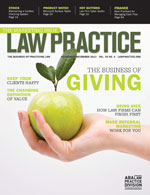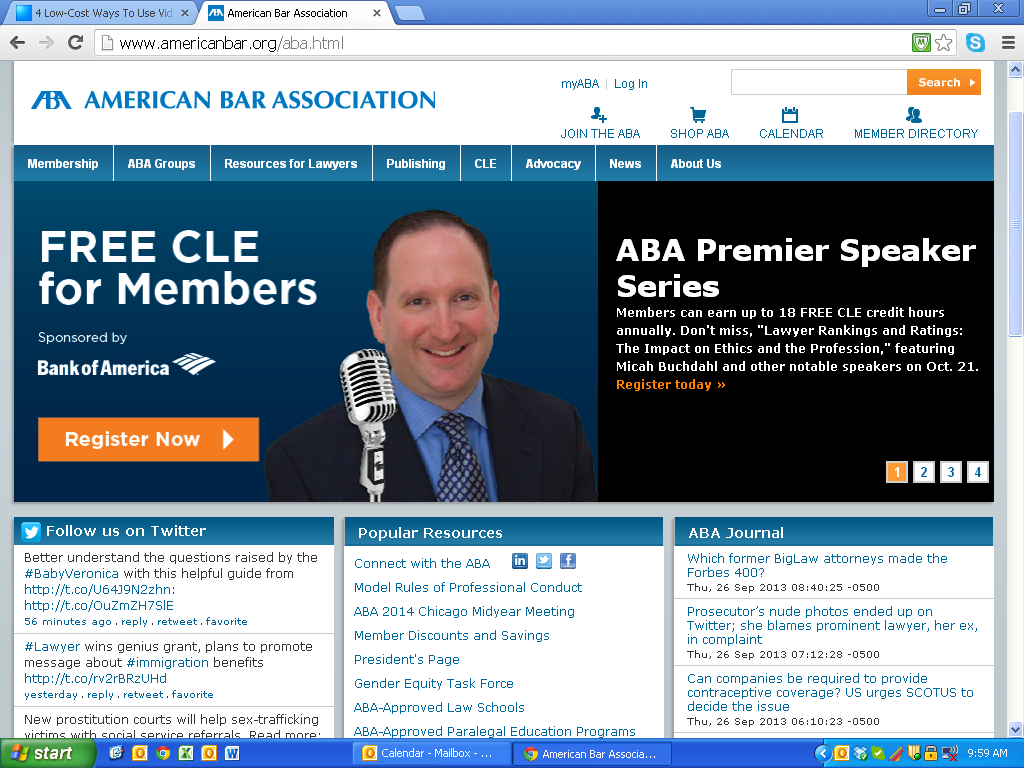Bloomberg BNA: Some Procurement Practices Thriving Despite Sequestration, Budget Cuts
 Sequestration may be bad for the economy, but it has boosted some law firms’ federal procurement practices, attorneys and marketing professionals told Bloomberg BNA, in an article by reporter David Hansen, published on November 14, 2013.
Sequestration may be bad for the economy, but it has boosted some law firms’ federal procurement practices, attorneys and marketing professionals told Bloomberg BNA, in an article by reporter David Hansen, published on November 14, 2013.
Those interviewed in the article included McKenna Long & Aldridge LLP Partner Elizabeth Ferrell, Lateral Link Group LLC Principal Larry Latourette, Center for Responsive Politics (CRP) Personal Finances Researcher Dan Auble, CRP Research Director Sarah Bryner, George Washington University Law School Assistant Dean for Field Placement Jessica Tillipman, and yours truly.
The story touches on what sequestration has meant for law firms’ federal procurement practices, including the impact on those practice groups, their desperate need to recruit experienced government contract attorneys for both litigation and lobbying, the impact on lobbying efforts, and internships–namely unpaid law school interns to fill staffing needs.
 Marketing Attorney Blog
Marketing Attorney Blog








